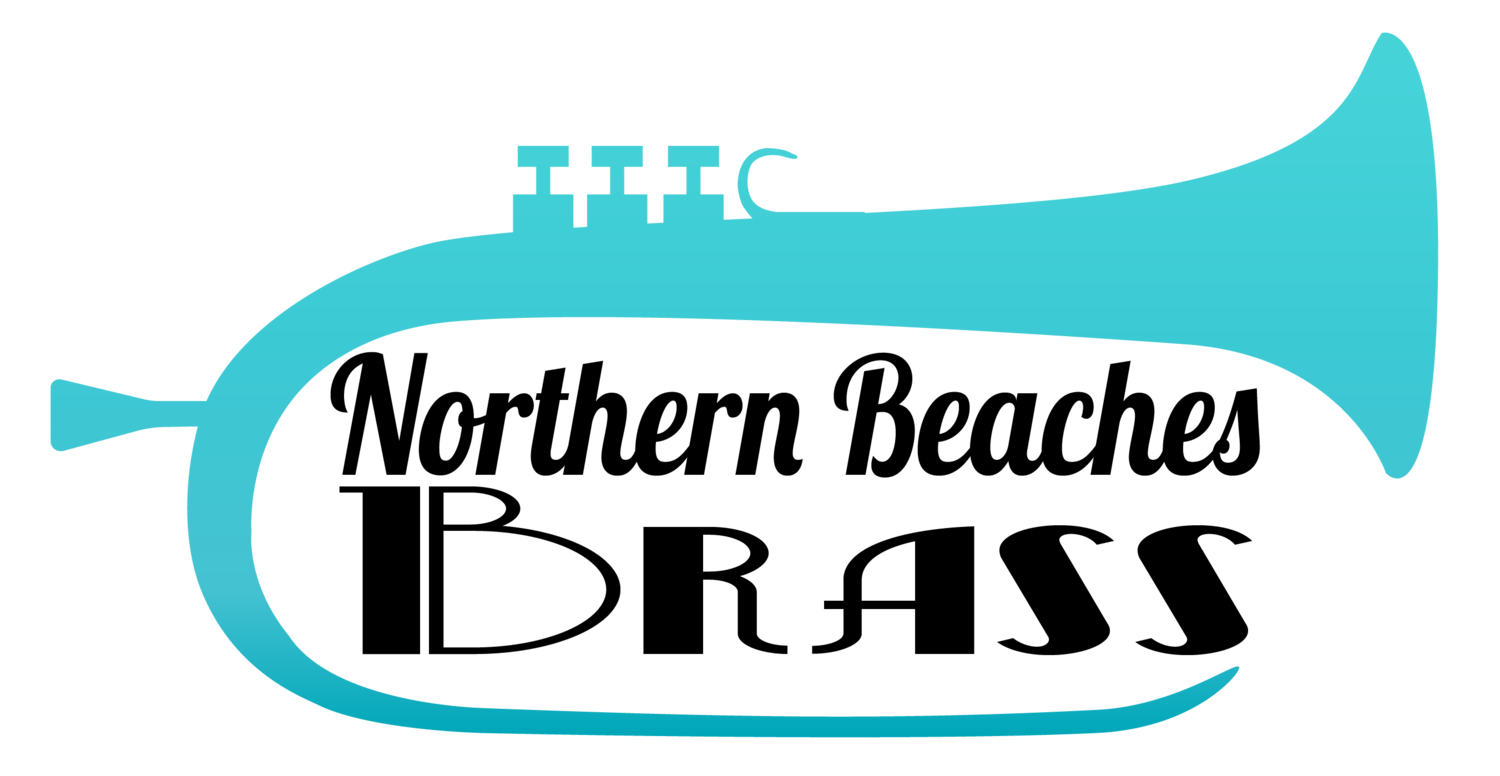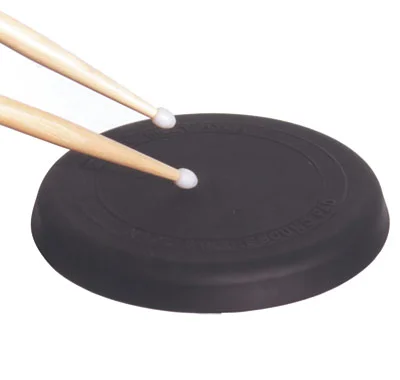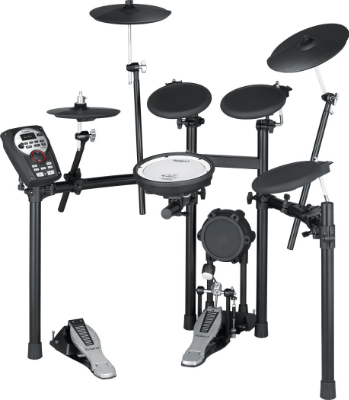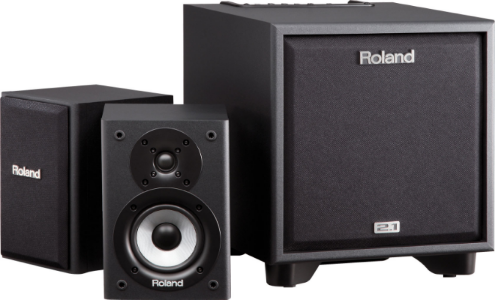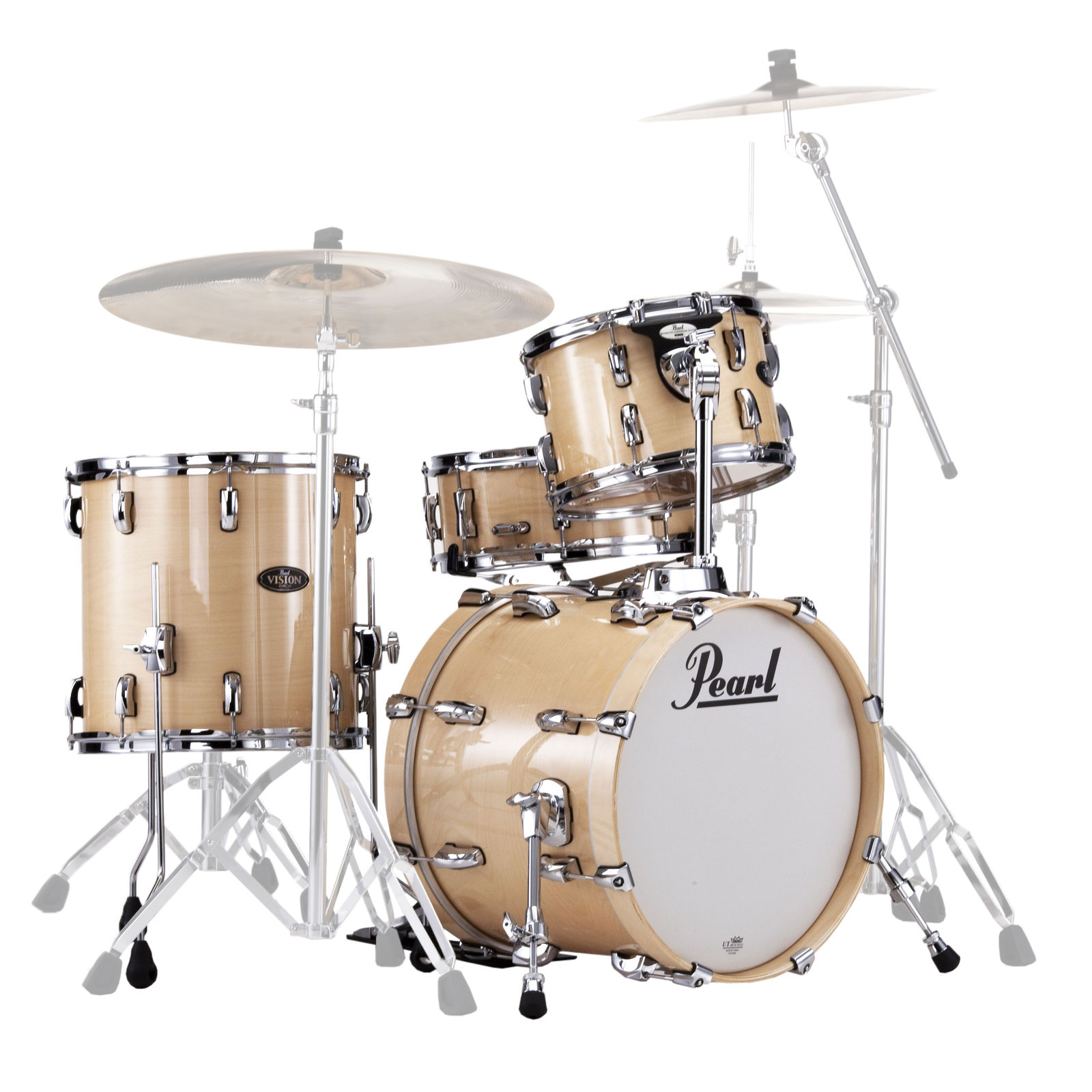Percussion
Practice Pad
Every percussionist / drummer needs a good practice pad.
They are not expensive, but allow the practicing of good technique and rudiments wherever you are and will minimal noise.
Practice Pads begin at around $20 and go up.
The key factors are that the stick rebounds well off the rubber, like from a real drum; and that it's fairly soft to play on.
Glockenspiel
In band, students spend the first term focusing on learning the "first 5 notes."
Often this time can be rather boring for percussion as their initial learning is very different to everyone else.
For this reason, in my bands, I start all my percussionist on Glockenspiel and Xylophone.
This means they are learning the first 5 notes along with everyone else.
They are also learning good stick technique - if you don't rebound the mallet well, the Glockenspiel sounds dead or dull.
During this first term, they are having lessons on the Drums with their Drum Tutor, learning to read drum music, working rudiments and good technique. By the time they are getting up to speed on the first 5 notes, I then move them onto Bass Drum, then Snare Drum and eventually Cymbals, Timpani and the rest. I have found this gives my young percussionists a much broader appreciation for their percussion section in band. When they finally get onto the Bass Drum and Drum Kit they are super excited, have built a good foundational technique, understand music notation better, have a better idea of what the rest of the band do, and really excel in their role as percussionist. I strongly believe this helps in developing percussionists into great musicians, not just kids who hit things loud and out of time.
This can be supported by buying a cheap glockenspiel to learn the basic notes.
These cost around $30 - 50.
electronic Drum Kits
You will encounter differing views on the use of Electronic Drum Kits.
I don't mind them, so long as few key issues are understood.
Velocity Sensitive
On a real drum, as the stick strikes the drum more quickly, the drum gets louder and the tone changes.
Some of the really cheap electronic kits don't change volume at all, while others don't follow a realistic response.
Many cheaper kits don't change the tone, they just make the same tone louder.
It is critical to the development of good drum technique that the drums are responding in a realistic way, otherwise the young drummer will develop a very uneven and likely much too loud way of playing.
Location Sensitive
On a real drum, where you hit the drum (near the centre or the edge) alters the sound substantially.
The better electronic drums will have an extra sensor in the pad to detect this to some extent.
Drummers who play on cheap electronic drums at home and then come to school and play the real kit, are often very poor at ensuring they hit the correct areas of the drum. For instances, they should be hitting the very centre of the snare drum most of the time.
True Volume
One of the big benefits of an electronic kit is that you can turn it down or wear headphones.
However, there is a down side of this to consider.
When you hit a real drum with a certain velocity, it will play at a corresponding volume.
The good kits reproduce that. However, if you turn them down, it defeats the whole point.
Your brain will tell you it feels wrong, like a toy, unrealistic.
Also, turning the kit down will teach the drummer to play way too hard. Then at band they will play too loud all the time and will have a very hard time learning to play soft and with nuance.
Part of this issue isn't the Electronic Drums themselves, but what you plug them into.
Many use a cheap pair of headphones, or nasty little amp.
If you are going to use an electronic drum kit, ensure you have really good set of headphones and amplifier so that it feels as real as possible to play.
My Recommendation it to go with a Roland or Yamaha and plug it through a Roland CM 110 or similar.
Roland V-Drums
Good electronic drums start at around $600 and go up a long way from there.
This Roland VDrums TD-11K is where the really good ones start at: $ 1,399
Roland CM 110
Current Street Price: $ 595
Acoustic Drum Kits
Acoustic Drum Kits come in many brands and styles.
I'd recommend going and having a look at your local music store.
While you can't trust many retail sales people to give you good information on Brass and Woodwind, you are pretty safe when it comes to Drums.
Expect to pay at least $600 for a compact, basic kit. Realistically, they good ones start at around $1,200.
Good brands to look for include:
Pearl, Tama, DW, Mapex, Sonor, Yamaha, ludwig and Gretsch.
Hardware
It's worth investing in really good hardware (the stands and mounts).
These are usually what let the cheap kits down. Hardware wears out, spend a bit more to get good durable hardware.
Look for how solid they feel. Is it double braced. Do the wing nuts, knobs etc turn nicely and feel strong and secure.
You really can feel the quality in these parts, so have a look and a fiddle.
Shells
Spending a bit extra to get nicer wood and higher quality shells is well worth it.
It is easy to upgrade the cymbals later, but the shells are the foundation off the drum kit.
Honestly, you really only need a Kick Drum, Snare Drum, Rack Tom (small) and Floor Tom.
Many starter kits will include a second Rack Tom (medium) which is nice to have but not essential.
Any more than this is overkill for band purposes. The school kit won't have 4 Toms.
Cymbals
You can spend an absolute fortune on good cymbals.
If you are looking to save money, I'd recommend settling for cheaper cymbals to begin with, in order to prioritise the hardware and shells. New Cymbals make great presents down the track and your child will likely begin to save for their own eventually.
